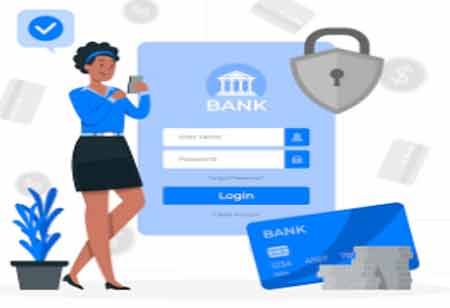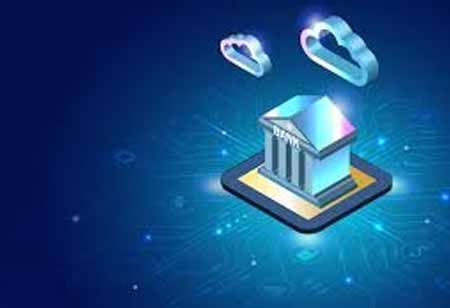THANK YOU FOR SUBSCRIBING

By
Banking CIO Outlook | Thursday, October 16, 2025
Stay ahead of the industry with exclusive feature stories on the top companies, expert insights and the latest news delivered straight to your inbox. Subscribe today.
Fremont, CA: Safety regarding paying and card transactions has never been more important in this day-to-day environment that mostly depends on digital transactions. As fraud and cybercrime become more sophisticated, learning how to apply security practices effectively to help protect one's personal and financial information is of great necessity. One can minimize risks and protect financial assets by following some simple rules.
Most steps towards securing payments and card transactions include solid and unique passwords for online accounts. Easily guessed passwords, such as "123456" or "password," should be avoided. One should create a complex password that involves letters, numbers, and special characters. A password manager can generate and store these passwords securely, reducing the chances of falling prey to password-related breaches.
It adds an extra layer of security to your accounts. With any form of 2-factor authentication, other than using a password, you would need to provide another mode of verification, such as calling your phone to give the code or receiving it through an authentication app. Even if someone has your password, they still need this second form of authentication to access your account.
Do not make online transactions, or use only a secure Website or application if you have to. You can tell if a site is safe by the "https://" that starts the URL. That tells you that the site encrypts your data while in transit. You should only input payment details on sites that provide this minimal level of security. Similarly, try to avoid looking at sensitive information on public Wi-Fi networks. Also, a VPN will encrypt your Internet connection, providing extra protection when using a public network.
It's also good to review your financial statements and lists of transactions periodically. Reviewing your statements with some degree of frequency can help you identify unauthorized transactions and report them quickly. Most banks and credit card companies operate programs that will alert you when a suspicious activity has occurred, and you may consider enrolling in such a service to be automatically notified in real-time upon unusual transactions.
Be discreet with your card information. Only give out your details on the phone or via email if you have called or made the contact yourself. Usually, this is how fraudsters acquire the information that they need. During online purchases, make sure you are buying from secured modes of payment. Also, added services like virtual cards or e-wallets will provide more protection by concealing the actual details of your card.
Cybercriminals constantly change tactics; therefore, if you want to stay one step ahead, you must be aware of recent changes in security and know the current best practices. Install the latest updates of devices and software to benefit from recent security patches and improvements.
THANK YOU FOR SUBSCRIBING
Be first to read the latest tech news, Industry Leader's Insights, and CIO interviews of medium and large enterprises exclusively from Banking CIO Outlook
I agree We use cookies on this website to enhance your user experience. By clicking any link on this page you are giving your consent for us to set cookies. More info



